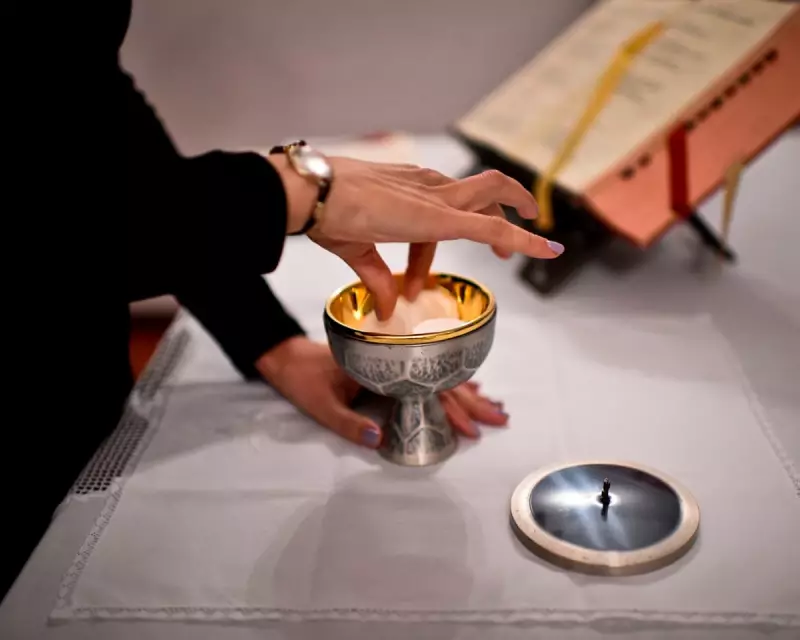
Good Friday, one of the most solemn days in the Christian calendar, is marked by distinctive church services that vary across denominations. These services often reflect deep theological and ecumenical significance, bringing together believers in shared reflection and worship.
The Significance of Good Friday
Good Friday commemorates the crucifixion of Jesus Christ and is observed with solemnity across Christian churches. From the Catholic Stations of the Cross to the Anglican Three Hours' Devotion, each tradition offers a unique way to engage with the Passion narrative.
Ecumenical Traditions
Many churches in the UK hold joint services on Good Friday, fostering unity among different Christian denominations. These ecumenical gatherings often include readings, hymns, and prayers that highlight shared beliefs while respecting theological differences.
Key Elements of Good Friday Services
- The Reading of the Passion: A central feature, recounting the events leading to Christ's crucifixion.
- Veneration of the Cross: Particularly in Catholic and Anglican traditions, where worshippers kiss or touch a cross as an act of devotion.
- Stripping of the Altar: A symbolic act representing Christ's abandonment and suffering.
Modern Observances
In recent years, some churches have incorporated contemporary elements such as multimedia presentations or interactive stations to engage younger congregations. Despite these innovations, the core focus remains on repentance, sacrifice, and hope.
Good Friday services continue to be a powerful expression of faith, bridging historical traditions with modern worship practices.





